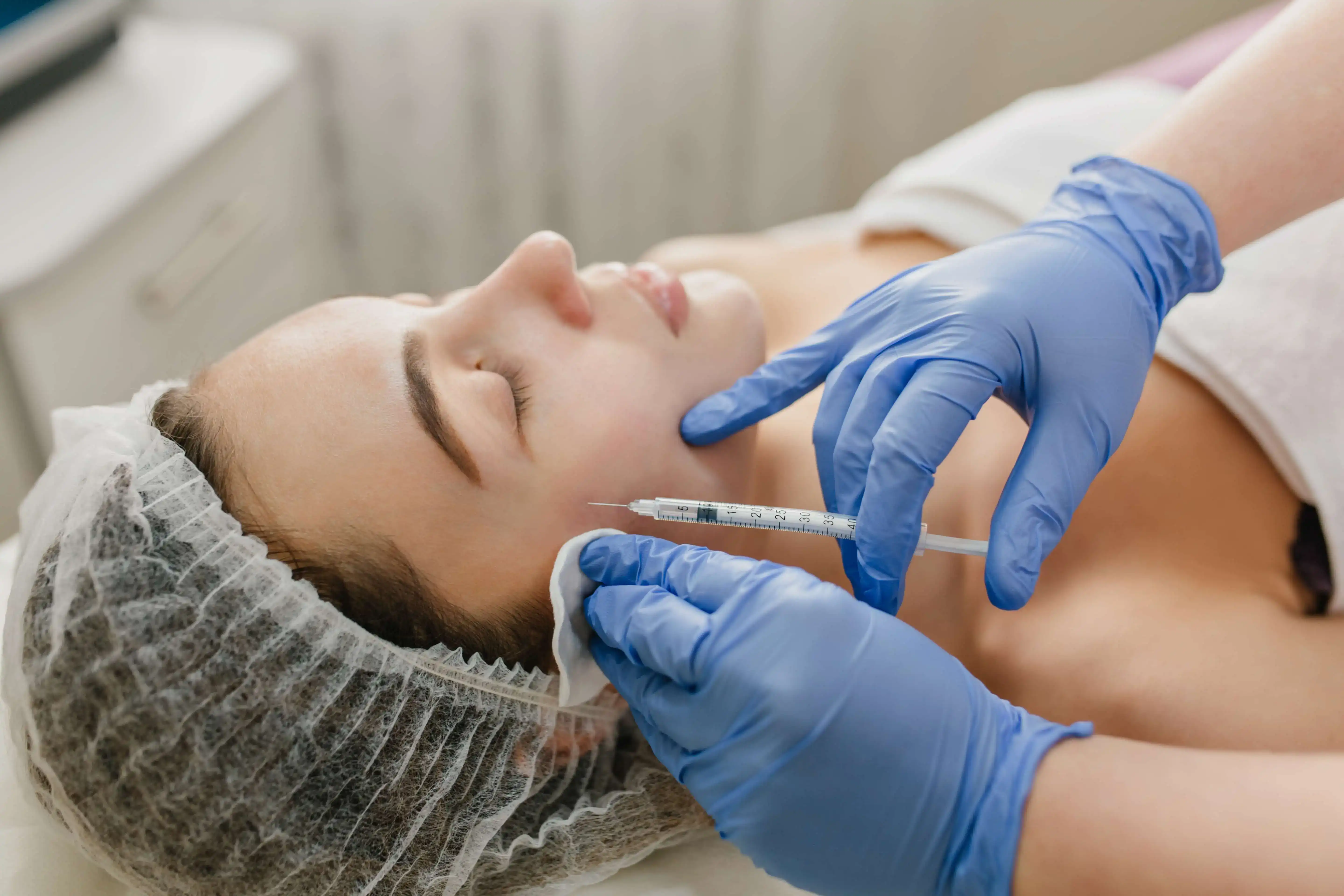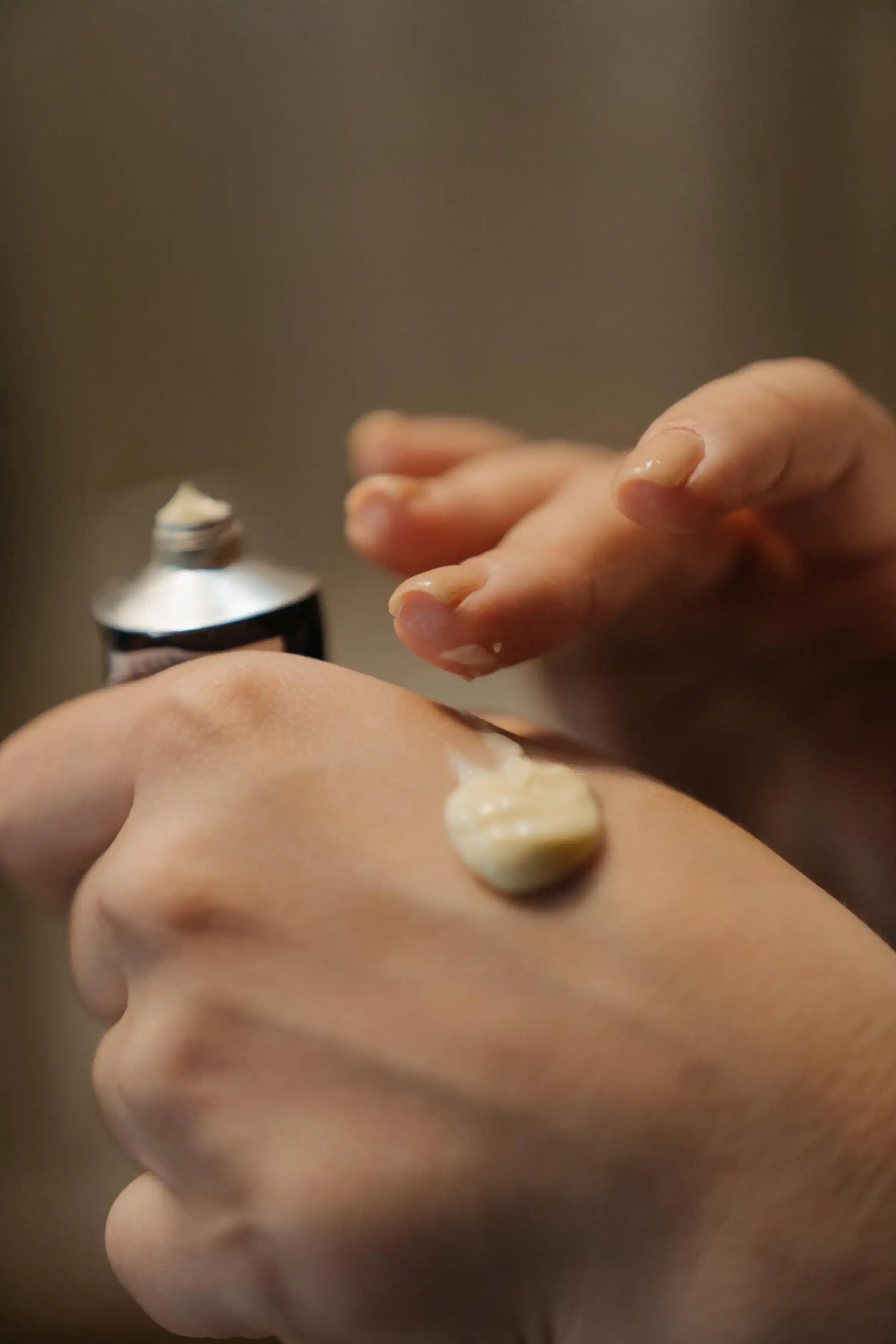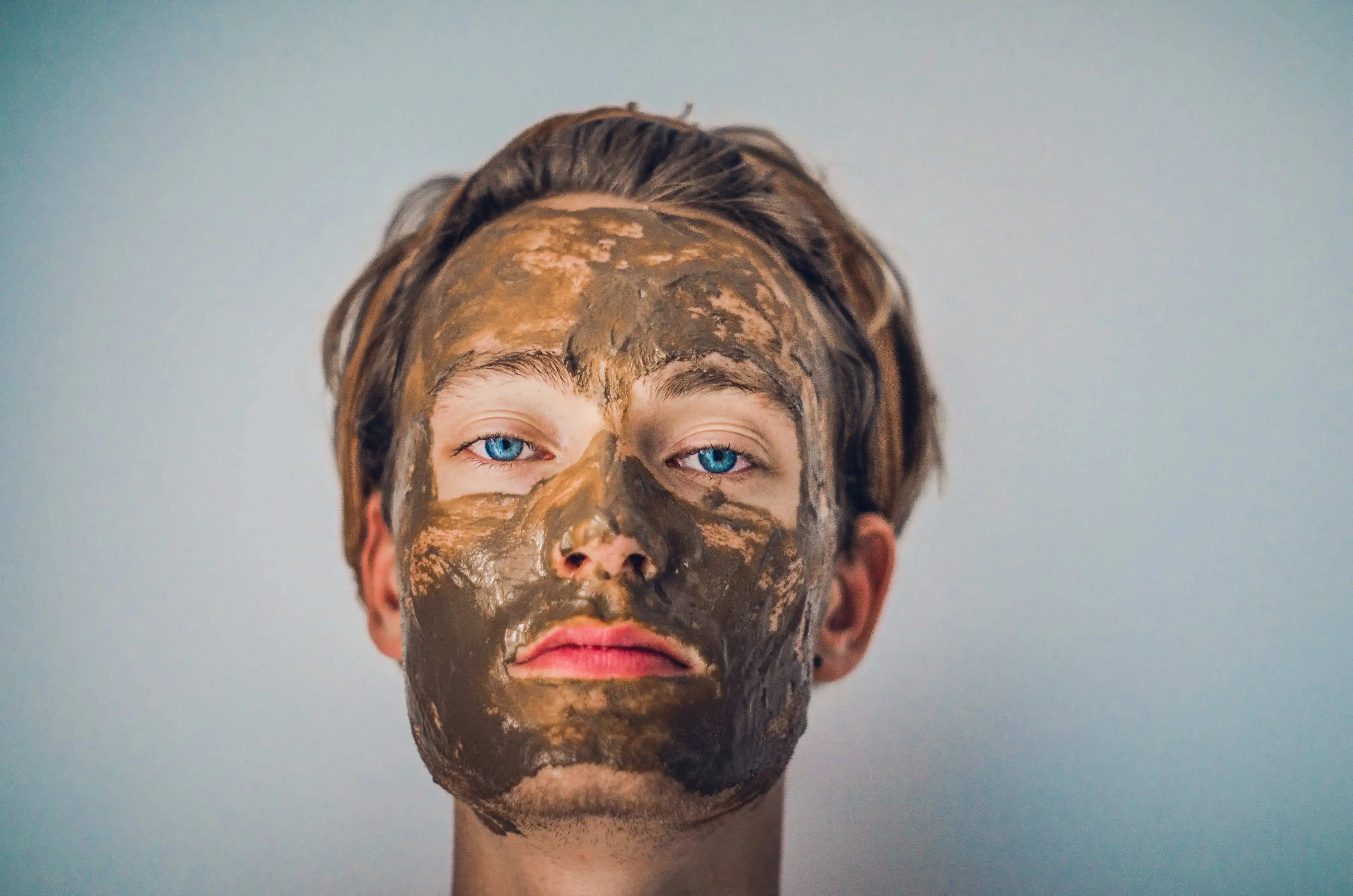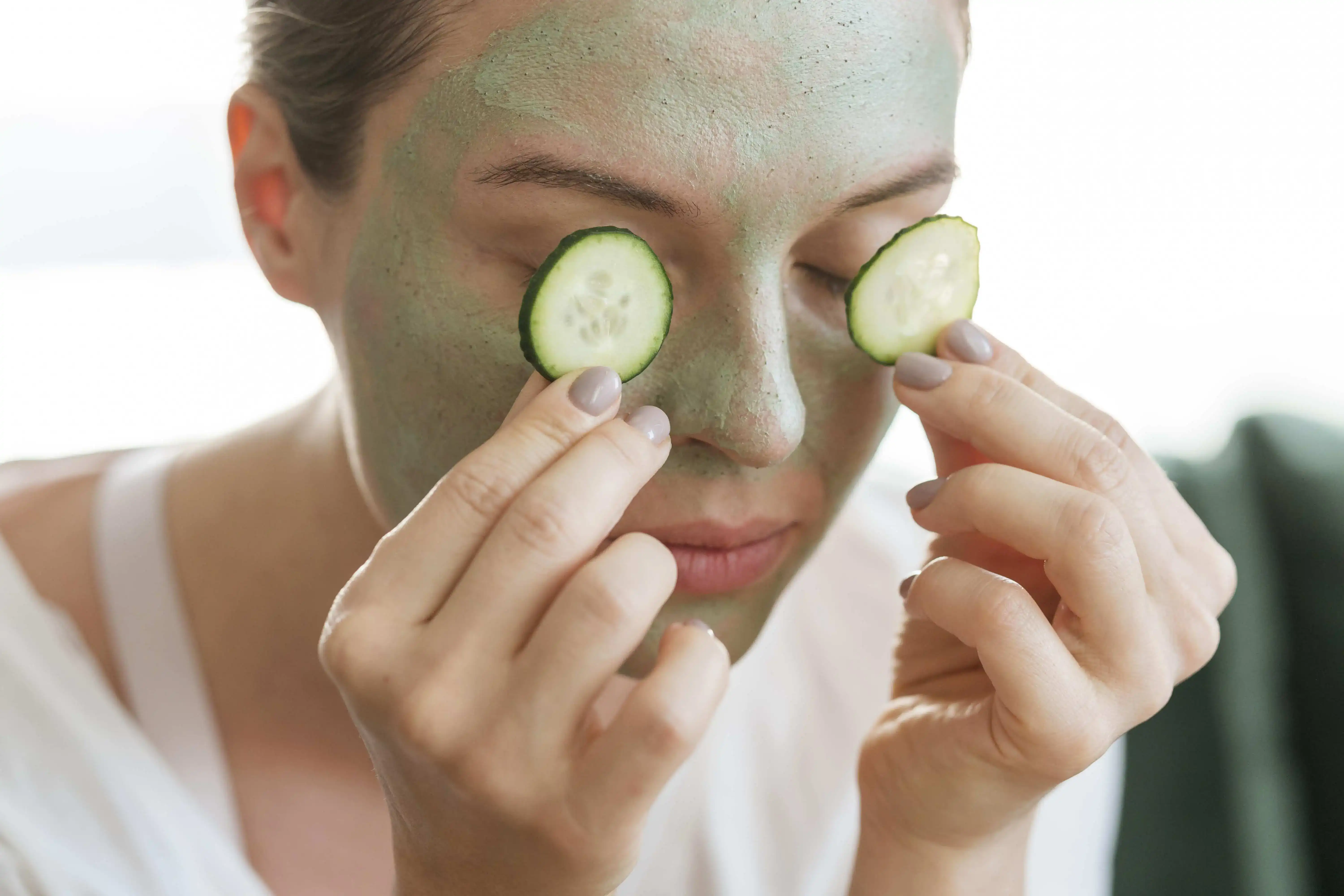Decoding Botox: A Comprehensive Guide to the Popular Anti-Aging Treatment

In the world of cosmetic enhancements, Botox has become a household name synonymous with wrinkle reduction and a more youthful appearance. If you're considering this non-invasive treatment or simply curious about its ins and outs, join us on a journey to decode Botox. This guide will unravel what Botox is, explore popular brands, and provide step-by-step guidance to help you make informed decisions.
Understanding Botox: A Deeper Dive into Benefits, Risks, and Mechanism of Action
In the ever-evolving landscape of cosmetic enhancements, Botox has emerged as a powerful ally in the quest for smoother, youthful skin. As we delve deeper into understanding Botox, let's explore not only its popular brands and the ideal age for consideration but also the myriad benefits, potential risks, and the fascinating mechanism behind its transformative effects.
Benefits of Botox:
- Wrinkle Reduction: The primary allure of Botox lies in its ability to minimize the appearance of wrinkles and fine lines. By temporarily paralyzing specific facial muscles, Botox smoothens dynamic wrinkles caused by repetitive facial expressions, such as crow's feet and forehead lines.
- Preventive Measures: Beyond treating existing wrinkles, Botox is increasingly used as a preventive measure. Individuals in their late 20s to early 30s may opt for Botox to deter the formation of deep wrinkles, preserving a youthful complexion over time.
- Non-Invasive Nature: Botox offers a non-invasive alternative to surgical procedures. With no need for incisions or downtime, individuals can undergo Botox treatments during a lunch break and resume daily activities almost immediately.
- Migraine Relief: Botox has received FDA approval for the treatment of chronic migraines. Regular injections can help reduce the frequency and severity of migraines, providing relief for those who suffer from these debilitating headaches.
- Excessive Sweating: Botox can be an effective solution for hyperhidrosis or excessive sweating. By blocking nerve signals that stimulate sweat glands, Botox helps control perspiration in areas like the underarms, palms, and soles.
Risks and Considerations:
While Botox is generally safe when administered by a qualified professional, it's crucial to be aware of potential risks:
- Bruising and Swelling: Temporary bruising and swelling at the injection sites are common side effects. These typically subside within a few days.
- Muscle Weakness: Botox's muscle-paralyzing effect, while desired for wrinkle reduction, can lead to temporary muscle weakness. This is especially relevant in areas where Botox is injected.
- Allergic Reactions: While rare, allergic reactions to Botox can occur. It's essential to disclose any allergies or sensitivities during the consultation.
- Eyelid or Brow Drooping: Improper injection techniques or excessive doses may cause temporary eyelid or brow drooping. Choosing a skilled practitioner minimizes this risk.
How Botox Works:
Botox operates at the intersection of neuroscience and cosmetology. The mechanism of action involves:
- Nerve Signal Interception: Botox contains botulinum toxin type A, which interferes with nerve signals. It blocks the release of acetylcholine, a neurotransmitter responsible for muscle contractions.
- Muscle Paralysis: By hindering acetylcholine release, Botox causes temporary muscle paralysis. This prevents excessive facial muscle activity, reducing the appearance of wrinkles.
- Gradual Wear-off: The effects of Botox are not permanent. Over time, as the nerve signals regain their normal function, muscle activity resumes, and wrinkles may gradually reappear.
In conclusion, understanding Botox extends beyond its aesthetic appeal. Recognizing its benefits, potential risks, and the intricate mechanism of action empowers individuals to make informed decisions. When considering Botox, always seek the expertise of a qualified practitioner to ensure a safe and satisfactory experience. Embrace the transformative possibilities that Botox offers on the journey to timeless, radiant skin.
Popular Botox Brands:
Several brands offer variations of Botulinum Toxin for cosmetic use. Among the most well-known are:
- Botox Cosmetic: The original and widely recognized brand, Botox Cosmetic by Allergan has been a frontrunner in the cosmetic industry for wrinkle reduction.
- Dysport: Similar to Botox, Dysport is another Botulinum Toxin brand known for its effectiveness in smoothing wrinkles. It tends to have a faster onset of action for some individuals.
- Xeomin: A newer player in the market, Xeomin is a pure form of Botulinum Toxin without additional proteins. This can reduce the risk of developing antibodies, potentially making it a preferred option for some.
What Age to Consider Botox:
Determining the ideal age to consider Botox is a nuanced decision, shaped by individual preferences, skin concerns, and the desire to proactively address the signs of aging. While there is no one-size-fits-all answer, exploring considerations at different life stages can provide valuable insights.
Late 20s to Early 30s: The Preventive Phase
Many individuals in their late 20s to early 30s are increasingly turning to Botox as a preventive measure. This phase is characterized by the emergence of early signs of aging, such as fine lines and dynamic wrinkles caused by repetitive facial expressions. Botox during this period is viewed as a proactive step to deter the formation of deeper wrinkles, preserving a youthful appearance for the long term.
The preventive approach leverages Botox's ability to temporarily paralyze specific facial muscles, reducing the habitual movements that contribute to wrinkle development. By starting Botox treatments during this stage, individuals aim to maintain a smoother complexion and potentially delay the need for more extensive interventions later in life.
Mid-30s to 50s: Addressing Dynamic Wrinkles
As individuals progress into their mid-30s and beyond, dynamic wrinkles become more pronounced. These wrinkles result from repetitive facial expressions, such as smiling, squinting, or furrowing the brow. Botox becomes a popular choice during this phase to address and soften the appearance of these dynamic wrinkles.
Commonly treated areas include crow's feet around the eyes, forehead lines, and frown lines between the eyebrows. Botox's muscle-paralyzing effect helps relax these facial muscles, smoothing out existing wrinkles and preventing them from deepening over time.
50s and Beyond: Tailoring Botox to Individual Goals
Entering the 50s and beyond, the consideration for Botox becomes more personalized, reflecting individual skincare goals and lifestyle choices. While some may continue with regular Botox treatments to maintain a refreshed appearance, others may choose a less frequent schedule or explore additional non-surgical procedures for comprehensive rejuvenation.
Factors such as skin elasticity, overall health, and genetic predispositions play crucial roles in shaping the approach to Botox in later stages of life. Consultations with qualified practitioners become especially valuable during this phase, allowing for tailored treatment plans that align with individual aesthetic preferences.
Important Considerations for Botox Timing:
- Individualized Approach: There is no predetermined age at which Botox becomes necessary. Individuals should consider Botox when they feel it aligns with their skincare goals and addresses specific concerns.
- Consistency is Key: For optimal results, consistency in Botox treatments is essential. Regular sessions, spaced according to a personalized plan, contribute to sustained wrinkle reduction and prevention.
- Consultation with Professionals: The decision to undergo Botox should be made in consultation with qualified healthcare professionals. Skilled practitioners can assess individual needs, discuss expectations, and create customized treatment plans.
Step-by-Step Guidance for Botox Treatment:
- Consultation: Schedule a consultation with a qualified and experienced healthcare professional, such as a dermatologist or plastic surgeon. Discuss your goals, medical history, and any concerns you may have.
- Customized Treatment Plan: Based on your consultation, your provider will create a customized treatment plan, identifying the areas to be treated and the amount of Botox needed for optimal results.
- Pre-Treatment Preparation: Avoid blood-thinning medications, alcohol, and certain supplements in the days leading up to your treatment. This reduces the risk of bruising at the injection sites.
- The Treatment: During the procedure, small amounts of Botox are injected into targeted facial muscles using a fine needle. The process is relatively quick, and discomfort is minimal.
- Post-Treatment Care: Following your Botox treatment, you may experience mild swelling or redness at the injection sites. Apply ice if needed, and avoid massaging the treated areas to prevent the spread of the toxin.
- Results and Maintenance: Results typically become noticeable within a few days, with the full effect manifesting in about two weeks. Botox treatments are not permanent and usually last three to six months. A consistent maintenance schedule may be recommended for optimal results.
Conclusion:
Botox, with its ability to turn back the hands of time with minimal invasiveness, has become a go-to solution for many seeking a rejuvenated appearance. By understanding what Botox is, exploring popular brands, and following the step-by-step guidance provided, you can approach this cosmetic enhancement with confidence and achieve the youthful, refreshed look you desire. Embrace the beauty of aging gracefully with Botox!


